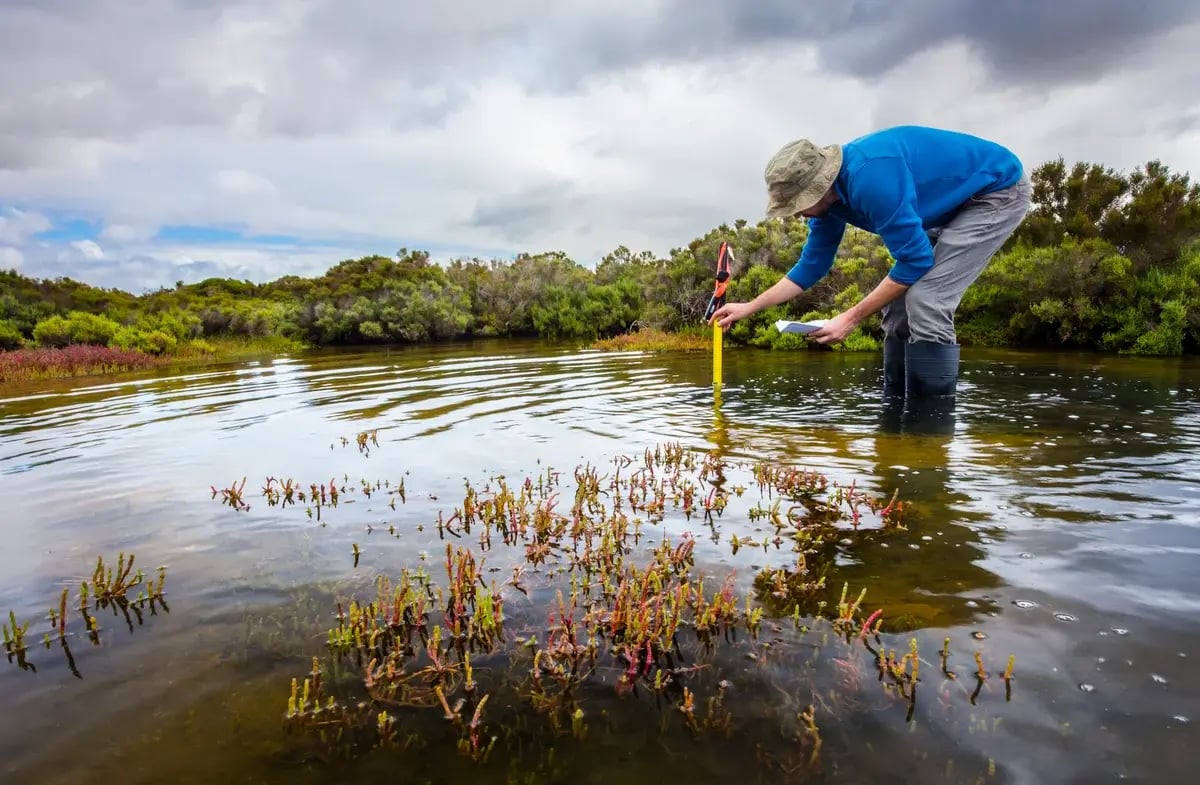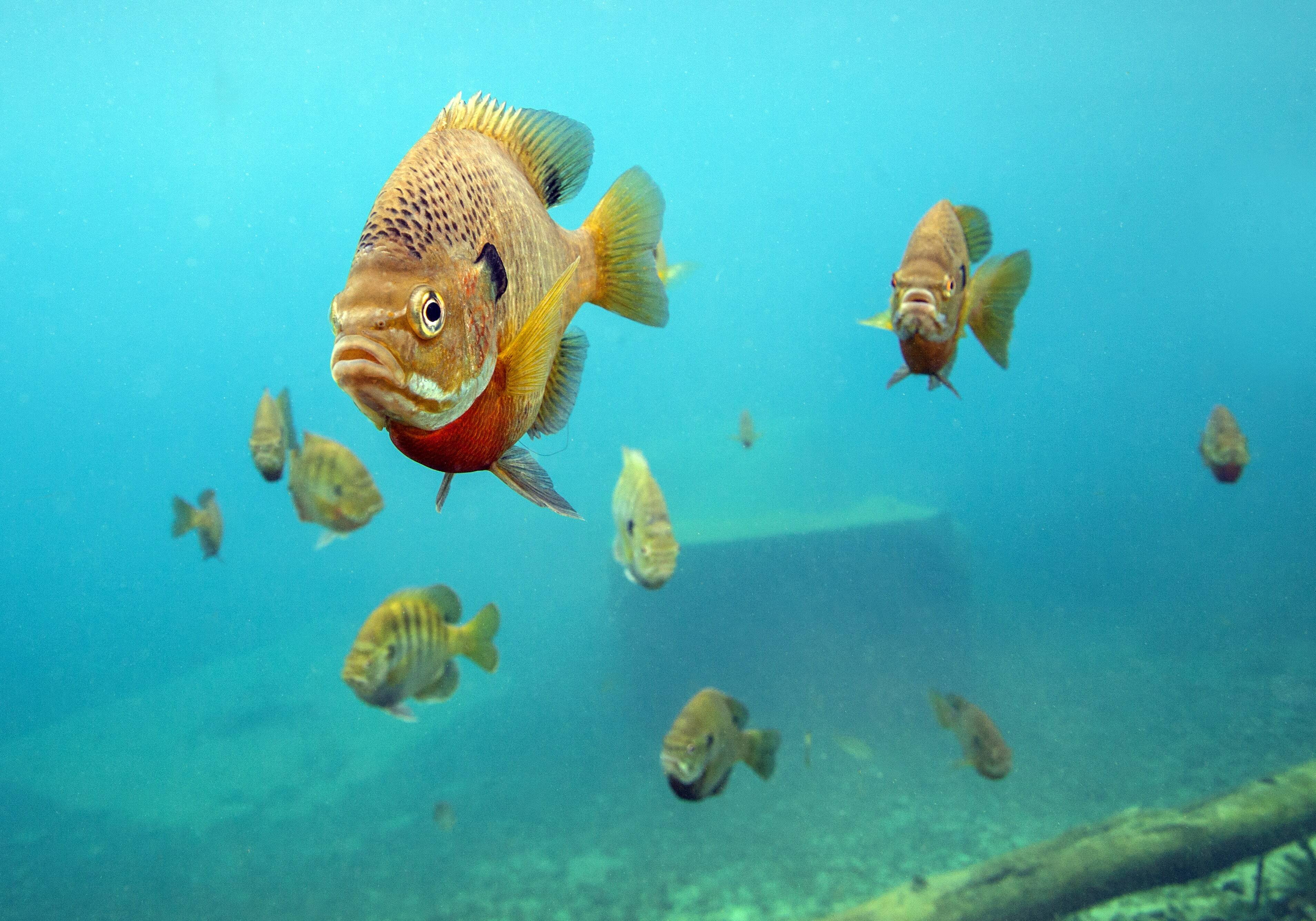Sediment Trouble Zones: Protecting Community Lakes and Stormwater Ponds

For municipalities, HOAs, and property managers, one of the most persistent challenges in lake and pond management is sediment buildup. Over time, stormwater runoff, organic debris, and shoreline erosion accumulate, forming sediment trouble zones. These areas reduce depth, fuel algae growth, and compromise the function and appearance of community waterbodies. Identifying and managing these high-risk zones is essential for protecting water quality and ensuring lakes and ponds remain assets to the community.
What Are Sediment Trouble Zones?
Sediment trouble zones are areas where muck, silt, and organic matter collect over time. They typically develop in places with:
- Shallow depths and slow circulation
- Stormwater inflows carrying soil and fertilizer runoff
- Shorelines prone to erosion
Without intervention, these zones release phosphorus and nitrogen into the water, accelerating algae blooms, lowering dissolved oxygen, and stressing fish populations. For stormwater ponds, excess sediment also reduces storage capacity and can increase flooding risk.
Using Sediment Surveys to Identify Problem Areas
The most reliable way to locate sediment hotspots is through depth and sediment surveys. Using tools like a Sludge Judge, biologists measure water depth and sediment thickness across the pond at multiple points, often creating detailed maps of buildup across the pond or lake.
In one survey of three community ponds, readings every 20–70 feet showed areas where sediment made up over 10% of total volume. These areas are clear “hotspots” that guide targeted management.
Surveys provide valuable information, including:
- Current water depth and sediment levels
- Areas where sediment exceeds normal thresholds
- Year-to-year accumulation trends
- Whether dredging or other treatments are needed
This scientific approach ensures community budgets are used wisely, targeting the areas that will provide the greatest improvements in water quality and appearance.
Reducing Sediment Impacts with Nutrient Management
Sediment not only fills in ponds but also acts as a nutrient source, fueling algae growth even when runoff is reduced. Effective nutrient management practices can minimize these impacts:
- Installing vegetated buffer strips to capture runoff before it enters the pond
- Using pond aeration systems to increase oxygen and reduce nutrient release
- Implementing upstream watershed controls to limit fertilizer and soil erosion
These measures help stabilize water quality, reduce algae blooms, and support healthier fish and aquatic life.
When Hydraulic Dredging Is the Right Choice
For ponds and lakes with severe sediment accumulation, hydraulic dredging services may be required.
Dredging benefits communities by:
- Restoring pond and lake depth for recreation and stormwater function
- Permanently removing nutrient-rich muck that drives algae problems
- Improving circulation, water clarity, and habitat for fish and wildlife
- Enhancing property values by maintaining attractive, usable waterbodies
By combining surveys with targeted dredging, communities can achieve long-lasting improvements while managing costs.
Ongoing Sediment Management
Sediment management isn’t a one-time effort. For lasting results, communities should schedule regular surveys, water quality monitoring, and aeration maintenance. These proactive steps ensure problems are caught early before they escalate into costly repairs.
Final Thoughts
Sediment trouble zones may seem minor at first but can quickly undermine the health, function, and appearance of community lakes and ponds. Through sediment surveys, nutrient management, and dredging when necessary, HOAs, municipalities, and property managers can protect their investment, reduce algae, and keep shared waterbodies thriving.
About Wisconsin Lake & Pond Resource, A Jones Lake Management Partner
Wisconsin Lake & Pond Resource specializes in comprehensive lake and pond management solutions, including algae and aquatic weed control, aeration, hydraulic dredging, erosion control, and fisheries management. As a Jones Lake Management Partner, we serve a diverse range of clients, including HOAs, golf courses, municipalities, and private lake owners. With a commitment to science-driven strategies and environmental sustainability, Wisconsin Lake & Pond Resource helps maintain and restore aquatic ecosystems for long-term health and enjoyment
Topics
- Aeration (2)
- Algae (2)
- Aquatic Weeds & Algae Control (13)
- Bathymetry Mapping (2)
- Company News & Updates (33)
- Erosion Control & Sediment Reduction (4)
- Fish Management (1)
- fish stocking (6)
- Fisheries Management (19)
- Fishery (2)
- Fountains & Aeration (15)
- Hydraulic Dredging (5)
- Invasive Species Management (6)
- Lake & Pond Management (46)
- Lake Management (1)
- Native Wetland Plantings (1)
- Nutrient Management (8)
- Pond Management (1)
- Seasonal Pond Management (15)
- Sediment Sampling (1)
- Stormwater & Runoff Management (5)
- Sustainability & Eco-Friendly Solutions (4)
- Water Quality (3)
- Water Quality Monitoring (2)
